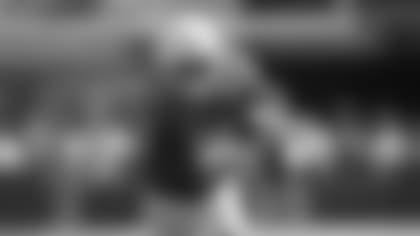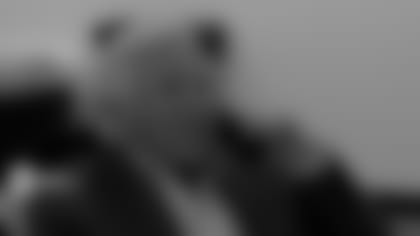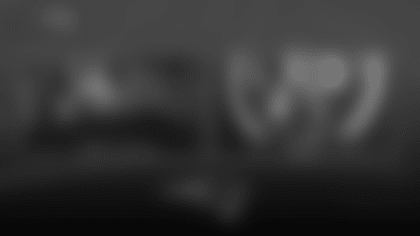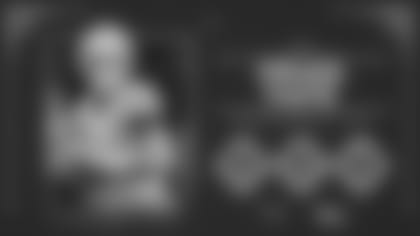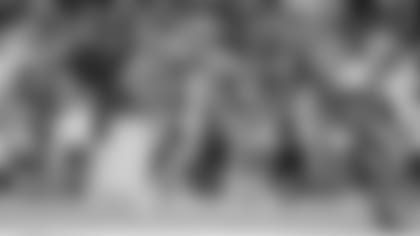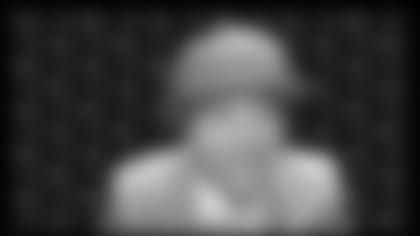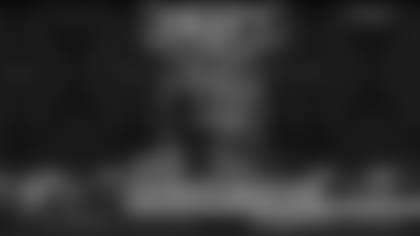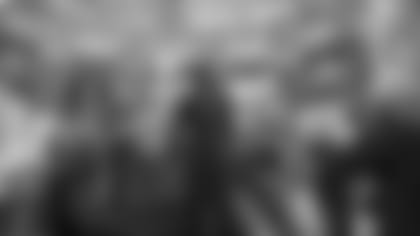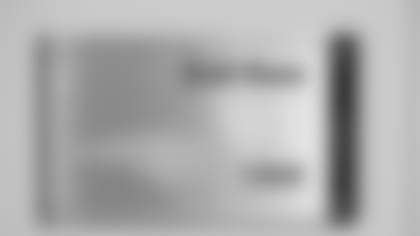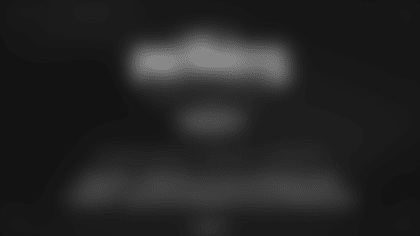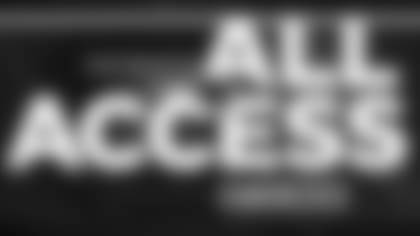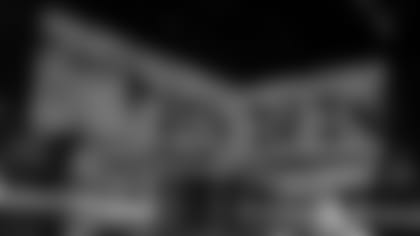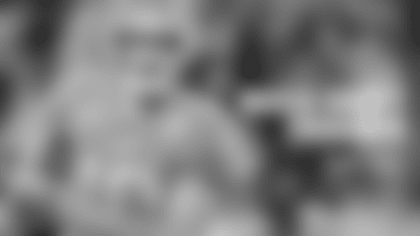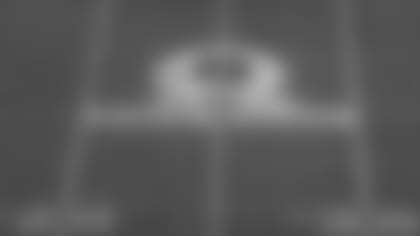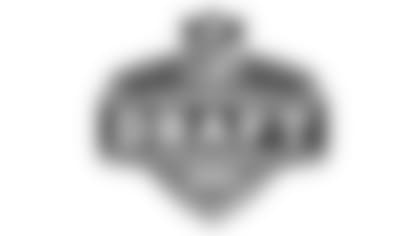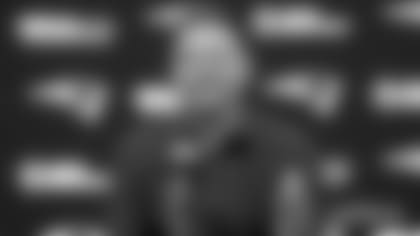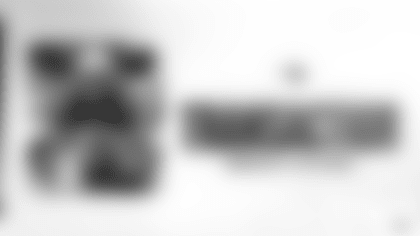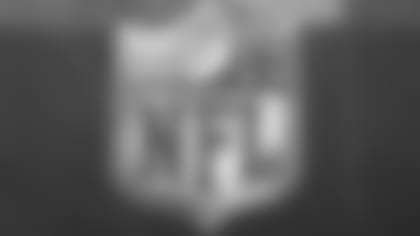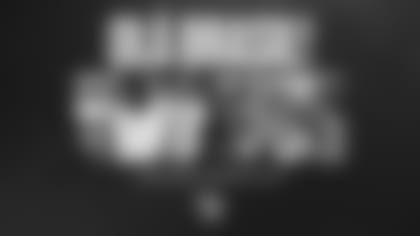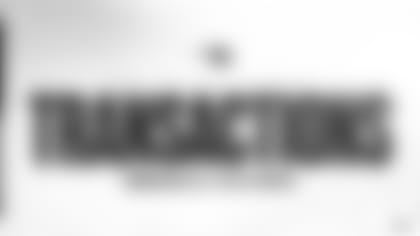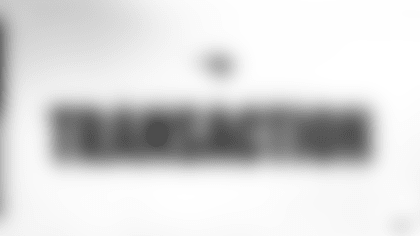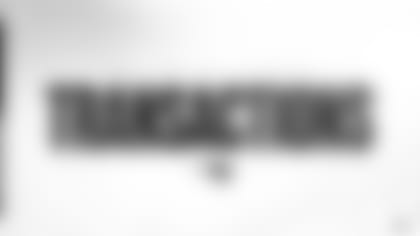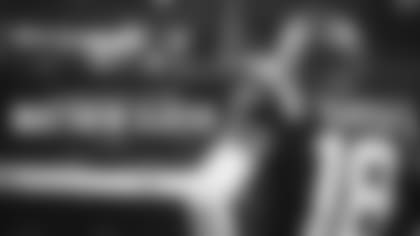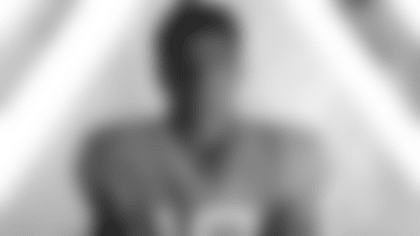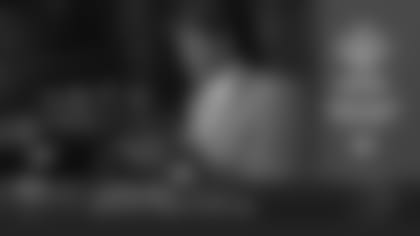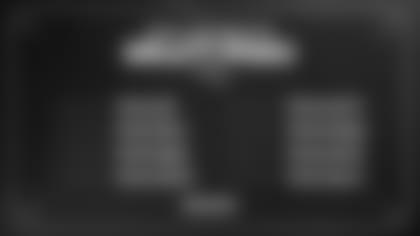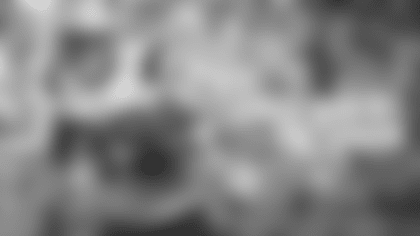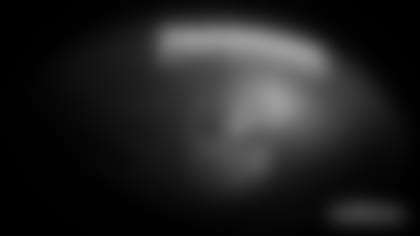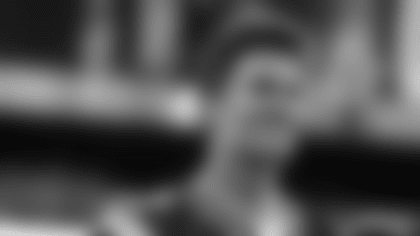The NFL Pro Bowl gives the league a chance to test new rules in a game setting. The 2020 game will feature tests of two potential rules changes.
OPTIONS AFTER A SUCCESSFUL FIELD GOAL OR TRY ATTEMPT WITH NO KICKOFF
The scoring team, Team A, has the following options:
- Team A may elect to give Team B the ball at Team B's 25-yard line, beginning a new series of downs with a first-and-10.
- Team A may elect to take the ball at its own 25-yard line for a fourth-and-15 play.
If Team A is successful in making a first down, Team A will maintain possession and a new series of downs will continue as normal.
If Team A is unsuccessful in making a first down, the result will be a turnover on downs and Team B will take possession at the dead ball spot.
NOT A FALSE START ON A FLINCH BY A FLEXED RECEIVER
It is not a false start if a flexed, eligible receiver in a two-point stance who flinches or picks up one foot, as long as his other foot remains partially on the ground and he resets for one second prior to the snap. A receiver who fits this exception is not considered to be "in motion" for the purposes of the Illegal Shift rules.
It is not a false start if all 11 offensive players have been set for at least one full second and any flexed, eligible receiver breaks his stance by picking up both feet.
The official language for these potential rules changes is below, with the new language in bold.
PROPOSED RULE WHEN KICKOFFS ARE NOT PERMITTED
Options After A Successful Field Goal Or Try Attempt:
At any point in the game, after a successful field goal or the conclusion of a Try attempt, the scoring team, (Team A), has the following two options:
- Team A may elect to give Team B the ball at the B25-yard line, first-and-10, beginning a new series of downs. If this option is elected, all normal penalty enforcement principles will apply; or
- Team A may elect to take the ball at its own 25-yard line, (A25), fourth-and-15. If Team A is successful in making a first down, Team A will maintain possession, and a new series of downs will continue, as normal. If Team A is unsuccessful in making a first down, the result will be a turnover on downs, and Team B will take possession at the dead ball spot (after enforcement of any applicable fouls).
Notes:
- In either case, normal timing rules apply, as dictated by the time remaining in the half.
- If Team A chooses option (1), bridged fouls against either team can be enforced, as normal from the B25.
- If Team A chooses option (2), fouls against Team B that could otherwise be bridged, can only be enforced on the Try, (if there is a Try attempt); however, fouls against Team A that could normally be bridged, can be bridged to the A25. (i.e. resulting in A's ball, fourth-and-15 on A12 ½). (This provision does not apply to fouls against officials, which are enforced as normal against both teams regardless of the option selected by Team A.)
- All fouls by either team that occur after the ready for play on either option (1) or (2) above, are enforced as normal.
- Once the Team A head coach has made his selection, that choice cannot be changed, regardless of subsequent fouls or timeouts.
FLINCH BY FLEXED RECEIVER NOT A FALSE START
ARTICLE 2. FALSE START
It is a False Start if the ball has been placed ready for play, and, prior to the snap, an offensive player who has assumed a set position charges or moves in such a way as to simulate the start of a play, or if an offensive player who is in motion makes a sudden movement toward the line of scrimmage. Any quick abrupt movement by a single offensive player, or by several offensive players in unison, which simulates the start of the snap, is a false start.
Exceptions:
- This does not apply to an offensive player under the center who turns his head or shoulders, unless the movement is an obvious attempt to draw an opponent offside.
- This does not apply to a flexed, eligible receiver in a two-point stance who flinches or picks up one foot, as long as his other foot remains partially on the ground, and he resets for one second prior to the snap. A receiver who fits this exception is not considered to be "in motion" for purposes of the "illegal shift" rules.
Item 1. Interior Lineman. It is a False Start if an interior lineman (tackle to tackle) takes or simulates a three-point stance, and then changes his position or moves the hand that is on the ground.
An interior lineman who is in a two-point stance is permitted to reset in a three-point stance or change his position, provided that he resets prior to the snap. If he does not reset prior to the snap, it is a False Start.
Item 2. Eligible Receiver. If all 11 offensive players have been set for at least one full second, and any flexed eligible receiver breaks his stance by picking up both feet, it is a False Start.
If an eligible receiver who is on the line of scrimmage moves backward immediately prior to the snap and does not reset before the snap, it is a False Start.
Any eligible receiver is permitted to change from a two-point stance to a three-point stance, or from a three-point stance to a two-point stance, provided he resets prior to the snap. If he does not reset, it is a False Start.
This article is courtesy of NFL Football Operations.


